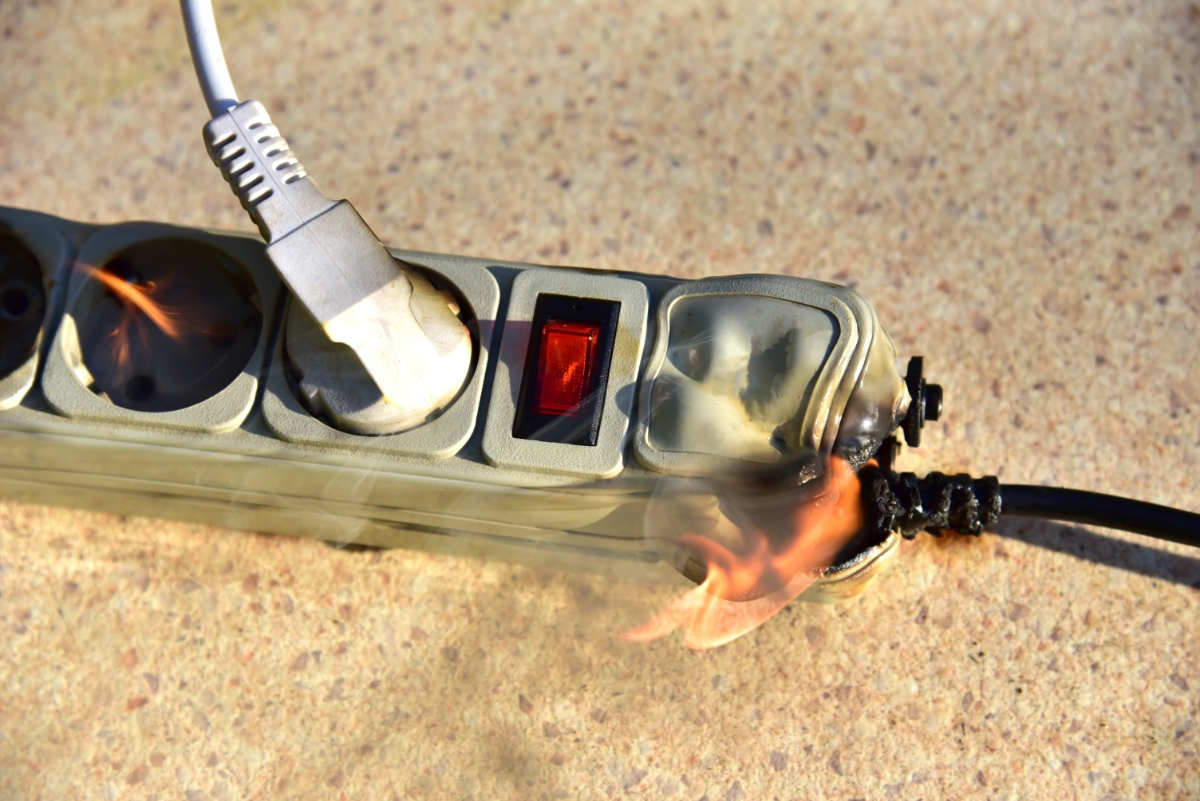




Quick Links:





The major hazards associated with electricity are electrical shock, fire and arc flash. Electrical shock occurs when the body becomes part of the electric circuit, either when an individual comes in contact with both wires of an electrical circuit, one wire of an energized circuit and the ground, or a metallic part that has become energized by contact with an electrical conductor.
The severity and effects of an electrical shock depend on a number of factors, such as the pathway through the body, the amount of current, the length of time of the exposure, and whether the skin is wet or dry. Water is a great conductor of electricity, allowing current to flow more easily in wet conditions and through wet skin.
The effect of the shock may range from a slight tingle to severe burns to cardiac arrest. Electrocution refers to the injury or lethal dose of electrical energy. Electricity can also cause forceful muscle contraction or falls. The severity of injury depends on the amount of current flowing through the body, the current's path through the body, the length of time the body remains in the circuit and the current's frequency.
The table below shows the general relationship between the degree of injury and the amount of amperage for a 60-cycle hand-to-foot path of one second's duration of shock.
| Current | Reaction |
| 1 Milliampere | Perception level. Just a faint tingle. |
| 5 Milliamperes | Slight shock felt. Average individual can let go. However, strong involuntary reactions to shocks in this range can lead to injuries. |
| 6-30 Milliamperes | Painful shock. Muscular control lost. |
| 50-150 Milliampere | Extreme pain, respiratory arrest, severe muscular contractions. Individual cannot let go. Death is possible. |
| 1,000-4,300 Milliampere | Ventricular fibrillation. Muscular contraction and nerve damage occur. Death is most likely. |
| 10,000- Milliamperes | Cardiac arrest, severe burns and probable death. |
The so-called low voltages can be extremely dangerous because current can be high and effect described in the table above may occur, with all other factors being equal, the degree of injury is proportional to the length of time the body is in the circuit - low voltage does not mean low hazard.

